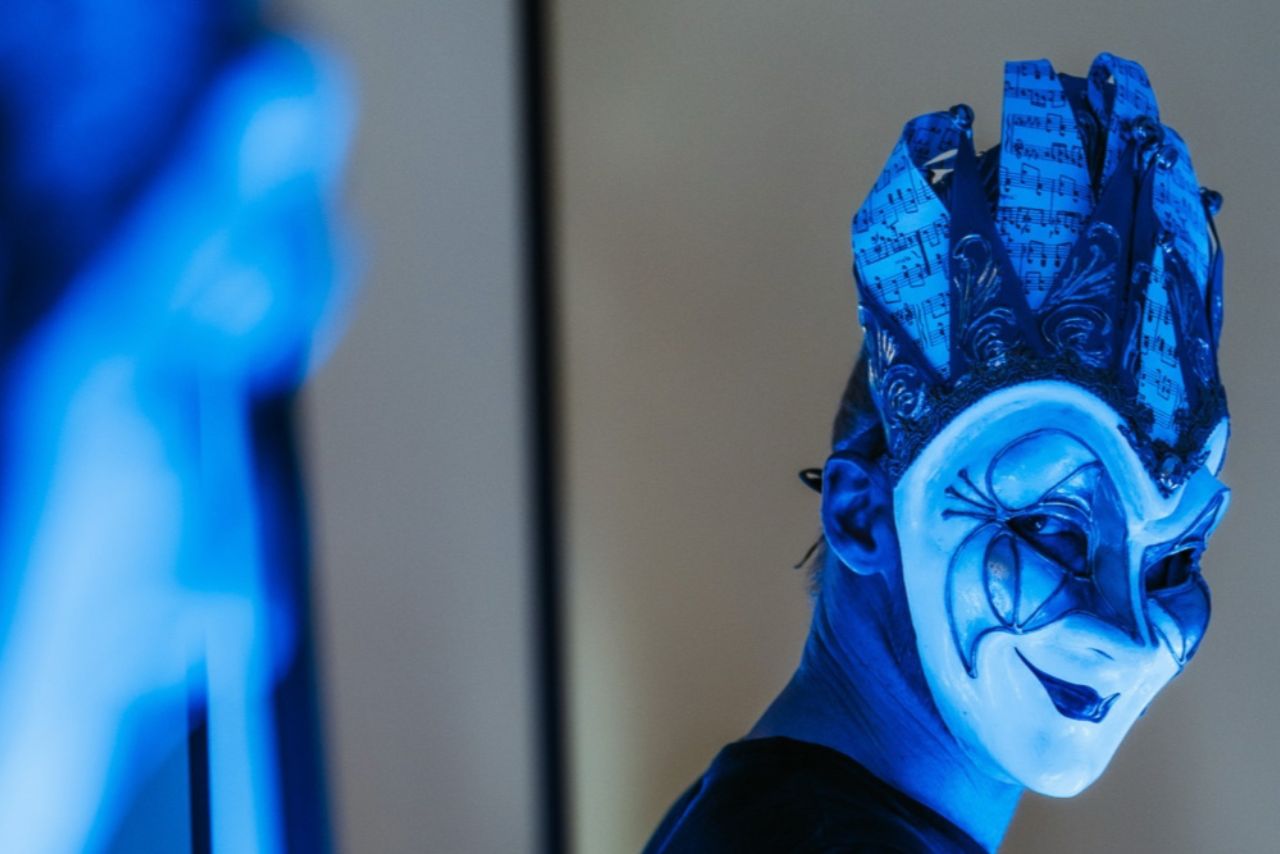Photo credit: Ariadna Sánchez
Born as a label, fed as a party, grown as a collective and cured as an artist. The history of Depaart is not common. The duo, formed by Fran Zaragoza and Guille (Easy Kid), have achieved more together under this name than ever before. Both DJs, since young stages and producers for over a decade now, it was one of these shifts of name and profile that made the break.
Now Depaart is also back in the industry as a relaunched record label with some of the freshest artists out there. The first EP of this new era comes from Mexico with Bufi’s ‘Opala’, featuring 3 unique original tracks with the artist’s unmissable subtle ethnic and yet contemporary and not-shamanic touch. Wrapped up with a remix from the Madrid-based duo, that’s it, Depaart, just to make the whole thing a bit more confusing.
To celebrate the launch of the label they have shared some studio tips for you.
1. Use a nice variety of samples
Let’s face it; starting your beats with samples from libraries is the quickest and easiest way. Raw groove boxes can add some noise and with the huge amount of samples out there there’s no real need to record it all from analog or from scratch, not even to synthesize them. Sometimes being quick on landing an idea is more valuable than the actual bricks that you pick, and there will always be time to go back and replace them. Many times we change the kick in the middle of the process, or add another layer, or draw another pattern as that particular track demands. But make sure that you don’t get stuck in just a few of them or you’ll be on risk to sound repetitive. There are too many options out there, exploring a new library or a new instrument can be super inspiring, and constant changes can add more variety to your tracks.
2. Record your own voice
There are so many ways to use your own voice. Many people don’t feel confident to do this or are too lazy, but it’s kind of easy to get unique samples from yourself that will add value and unique identity to your tracks. In this case, is just me (Guille) singing or doing the vocals and what I usually do is first come up with a melody and an idea. Then I record it with 50% real lyrics and 50% made-up language. Over that, you could sample that voice and slice it to come up with something crazy, or if the melody feels powerful then write down the lyrics and record again once you find the right idea. And then the fun starts with editing and adding effects, I kind of love that part because I find it especially challenging.
3. Cut the unneeded frequencies
Emphasizing with an EQ it’s a great creative and enhancer tool, but it’s usually cutting the right frequencies what will help you the most to build the right mix-puzzle. At the end of the day, you need to keep every instrument in the right place, so that they stand out but don’t fight between each other. We start from the bottom, so first kick where there’s usually a cut around 700Hz – 1KHz, to leave room for the bass and main instruments. Then if you have a sub in place you want to make sure that either the kick or the subs take the lowest end, never both, and that you cut any noises from the top to have it low and clean. From there go to your bass, which shouldn’t have many highs and if the kick or the sub are taking the lowest end then you should cut its end and look for its strongest frequencies. At this point you may want to go back to the kick and sub to make room there for the bass most relevant frequency (for instance 350Hz), so now the three of them should be working out well but not stepping into each other.
4. Add the right wetness
Not too much, not too raw (unless you want it that way!). For most of the tracks, the FX can be the most outstanding element, for some others they can be more accessory. We like to have a very wide stereo on the snares and claps and mainly towards to dry, because in clubs too much delay were won’t sound very good. For the hats, we always add some reverb with a 10ms pre-delay to give you the feeling of space, and then other percs come in wetter and dryer depending on the track. A bit of reverb in most melodic elements also usually works quite well and playing with distortions from a creative perspective it’s also very playful. Don’t be scared, try crazy things! You can always come back if you went too crazy or too far from the original idea. Side chains are key also as a mixing effect; the right routing will give the key elements all the room they need! For instance, the kick triggers the bass and some melodies, the bass triggers some of the highest percs, the vocals or main element can also trigger some percs, and so on.
5. Use the track delay
We personally LOVE the effect that having your hats at -5ms and your snare at -3ms produces over the kick’s attack. Sounds sort of softer, more complex and heavier. In Ableton you have it at the bottom of each track, check it out! If you are spreading a sound, as we do with the snare, take into account that the spread or wide stereo effect adds on some extra delay to give you that wide feeling, in that case, you could set your snare or clap to up to -8ms to have it smashing right before the kick but keeping the wide stereo.
Bufi’s ‘Opala’ is now available via Depaart. Stream and buy here.
Follow Depaart: Facebook |Instagram | Soundcloud








